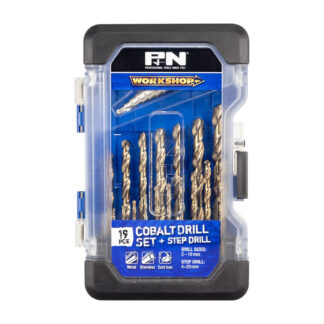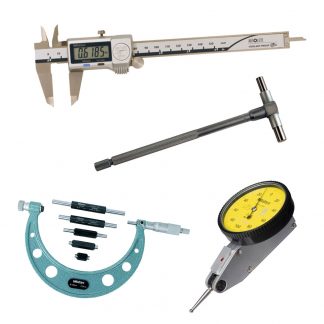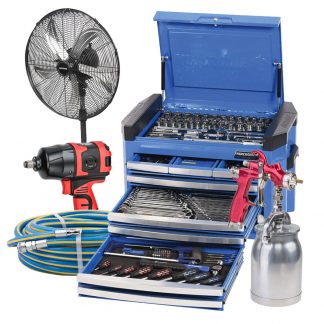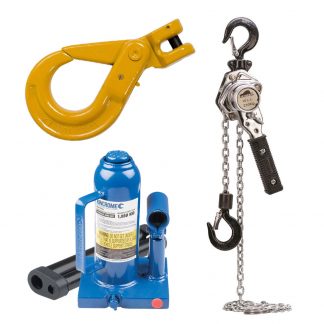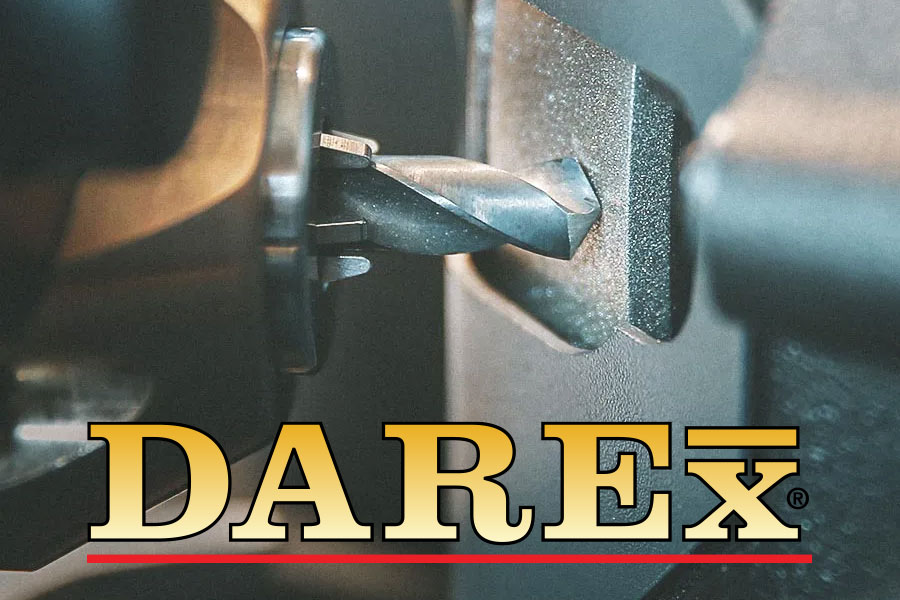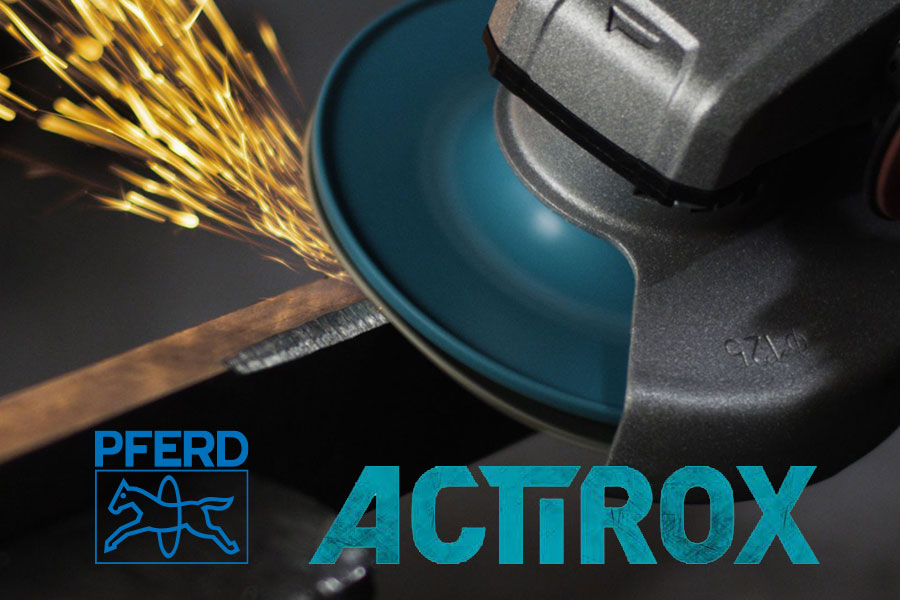
Resin Fibre Discs – ACTIROX – Ceramic Range – Maximum Stock Removal Fibre Discs for extreme stock removal. Actirox discs provide a new level of grinding performance. Choose the Actirox…
Our team are standing by between 8am-5pm AEST to answer any questions you may have.
We're here to help with any technical questions you may have via the live chat option below.
Spend over $199 on your order and receive free shipping to Australian capital metro locations.
Already know what you need? Click here to upload or enter your order quickly without browsing.

